Process-led design
Understanding the full business process that needs to be supported when building new capabilities is a challenge. Traditionally, people capture requests in spreadsheets, without understanding the full picture.
With Elements.cloud, you can capture and validate requirements, design business processes, and use AI to generate user stories, and perform fit-gap analysis. The hand-off to the development team is seamless. This ensures that your Salesforce implementation aligns with business goals and adoption soars.
Capture requirements
Visually map business processes
Generate detailed user stories
Fit-gap impact analysis
DevOps integration
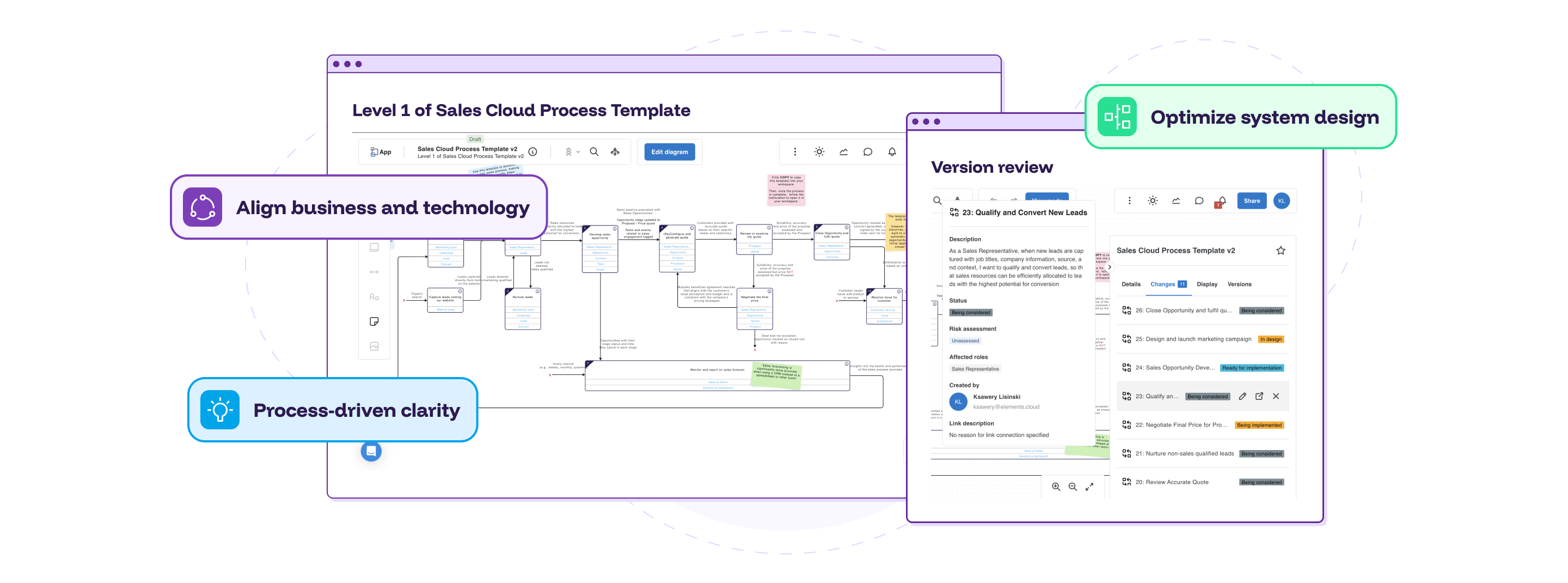
Some of the clients we have helped
The challenges of delivering changes to Salesforce
Requirements are seen as change orders
High levels of technical debt and poor adoption are a direct result of insufficient business analysis. Requirements need to be captured centrally and validated in the context of the business objectives.
Processes are poorly documented and siloed
Without a central platform and standards, business processes are often documented in inconsistent formats or not documented at all. This makes it impossible to plan changes to Salesforce or Agentforce.
Process documentation is unusable
Many organizations have process documentation, but it is scattered, overly complex, or outdated. Teams struggle to extract meaningful insights from documentation that no one understands or trusts. Before Process Configuration Mining, every change was considered in isolation because the effort to create process diagrams was considered too great.
User Stories lack context and clarity
If user stories are created that are not in the context of the business processes they support, development teams struggle to understand the true needs, leading to gaps in requirements and missed dependencies. The result is rework and low adoption.
Bridge the Gap Between Business and Technology
Elements.cloud makes a process-led design approach easy by enabling teams to capture, analyze, and align business processes with system capabilities.
Centralized requirements
Requirements are not a line in a spreadsheet. They need to be controlled centrally, with supporting documentation, validation, collaboration, access controls, and they need to be managed through a lifecycle. But it should feel as easy as a spreadsheet. With the Elements requirements management, it is.
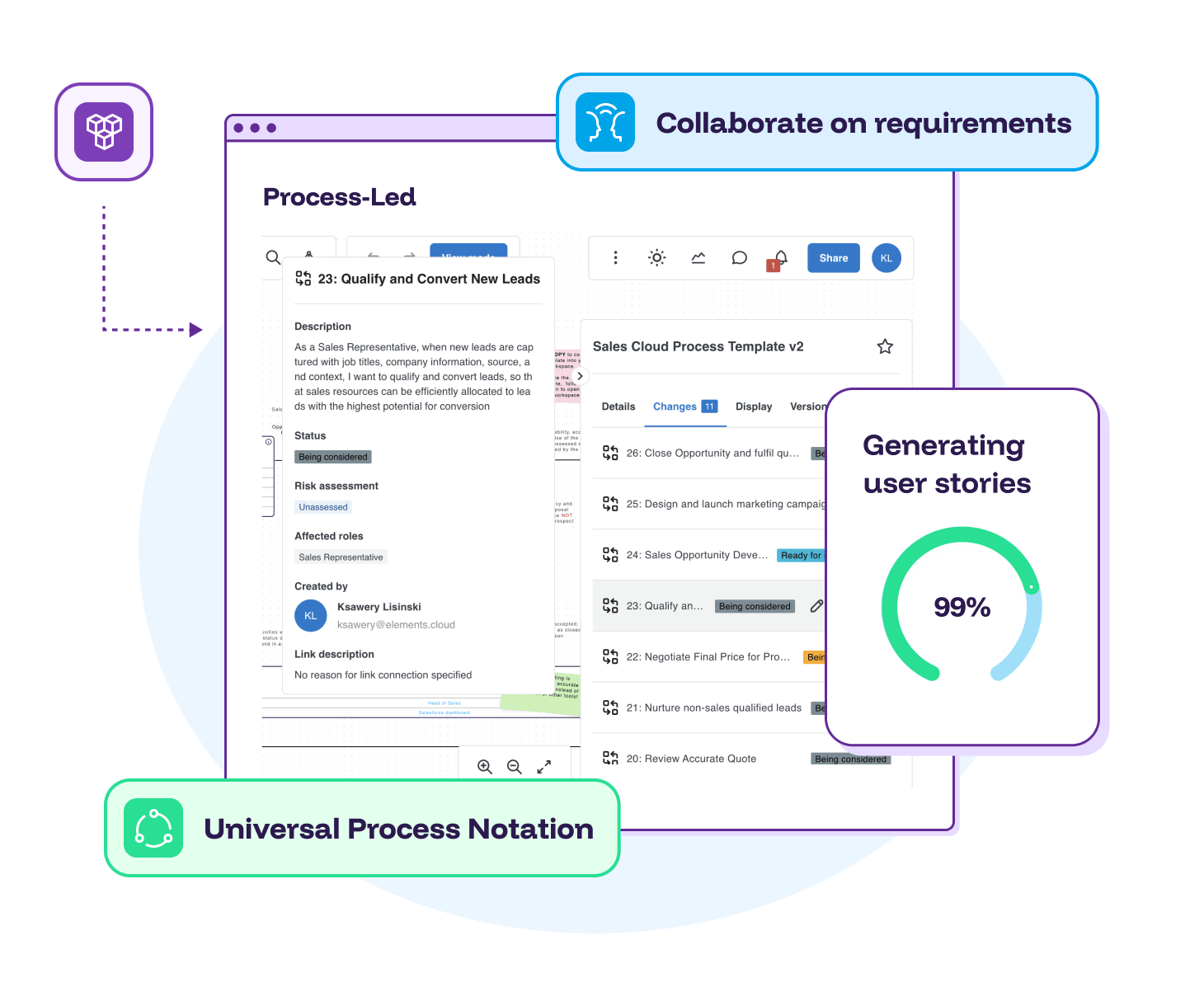
Easy, Intuitive Notation (UPN)
Elements.cloud uses Universal Process Notation (UPN), a simple yet powerful framework that makes process mapping intuitive and easy to understand for all stakeholders.
Business process can be generated by AI from your Org, ideas, documents, and diagrams. Or in live workshops. Collaboratively, they can be refined to validate requirements and provide clarity and alignment across teams.
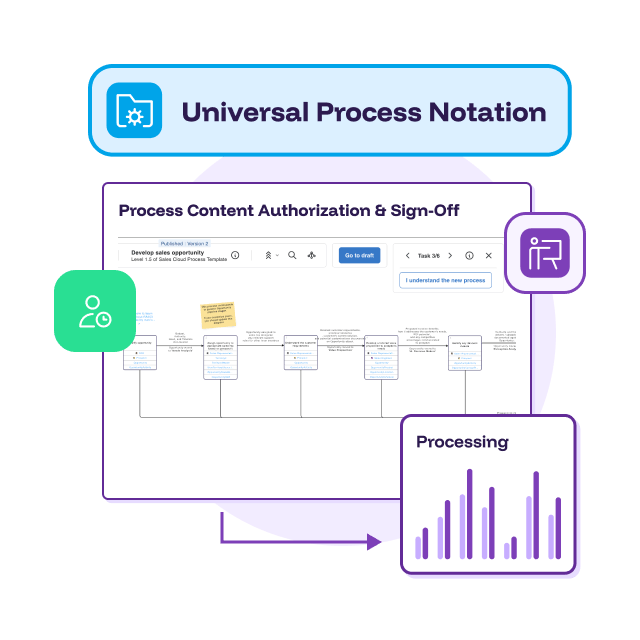
Automated User Story Generation
Generate detailed user stories directly from process diagrams, ensuring that system requirements are grounded in actual business needs. Standards are followed for naming, description, and acceptance criteria. AI knows your Org metadata so it can suggest solutions and supports impact analysis

Jira and DevOps integration
Help your development teams hit the ground running, with user stories in their own systems – Jira, Copado, Gearset, Salesforce DevOps. Before the user story is synced, you can see the impact, which will categorize the development risk and effort, but also highlight any potential conflicts with other user stories.
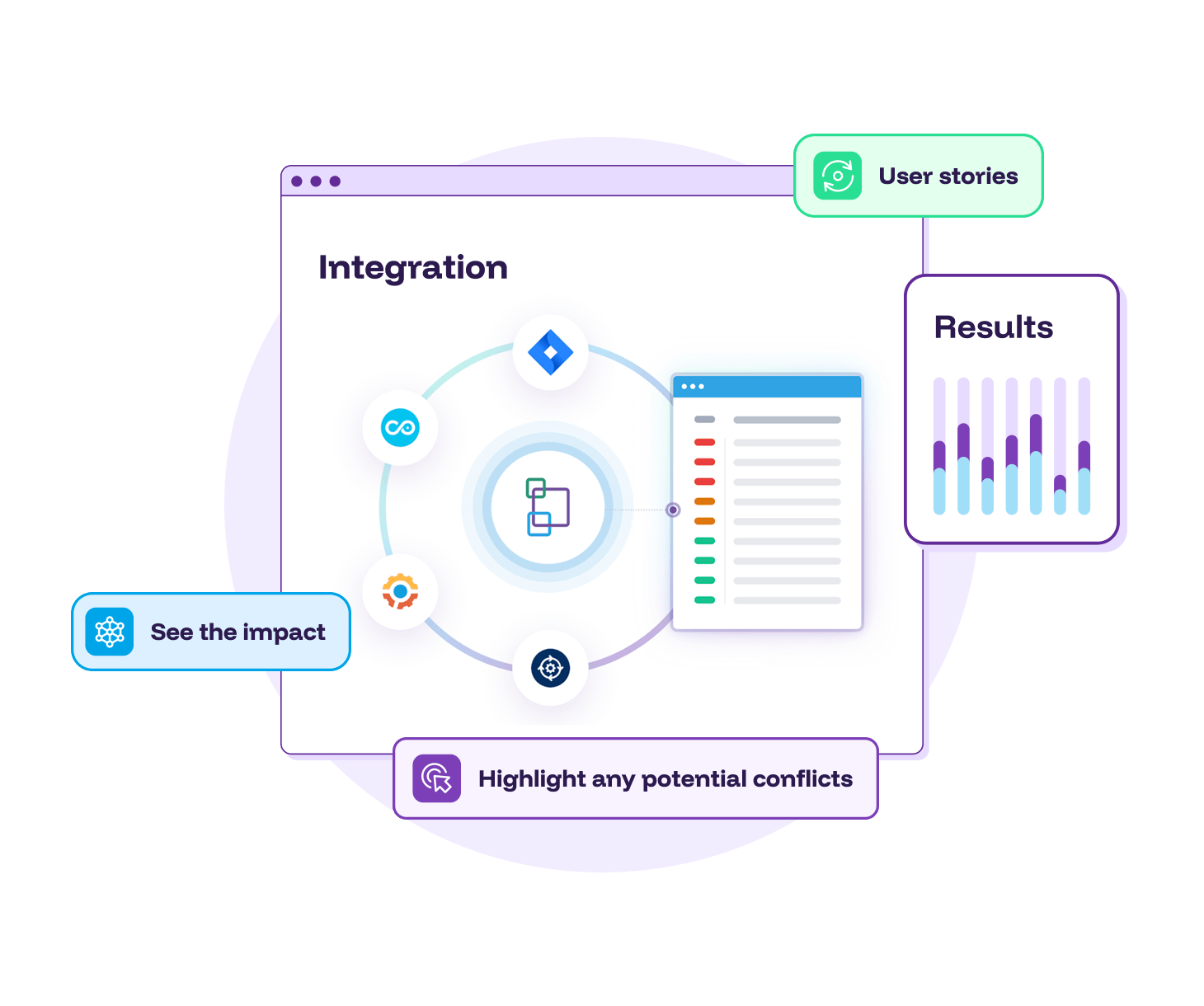
Metadata to Process Linkage
Every process diagram can automatically reference the Salesforce metadata it relies on, ensuring a complete and accurate picture of how business processes interact with system configuration.
Perform fit-gap analysis by comparing process requirements to system capabilities, ensuring alignment before implementation.
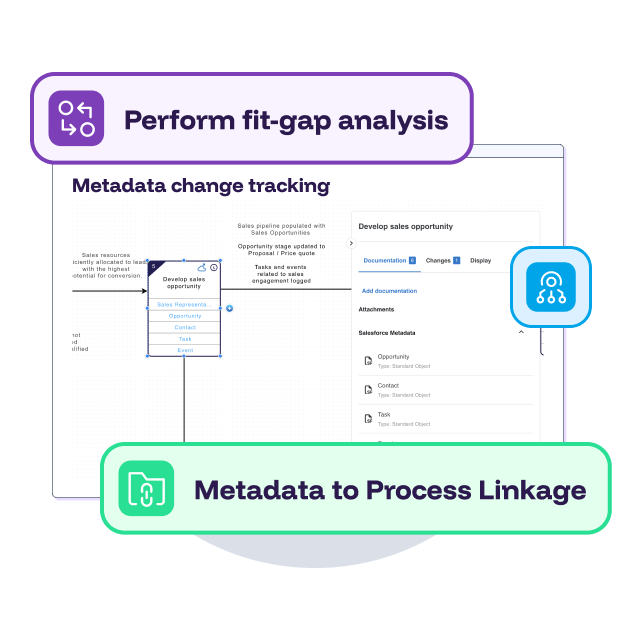
Jumpstart with a template
You could start by analyzing your org, or using AI. Instead, take one of the library templates as the starting point. of the data model for your cloud – Sales, Service, CPQ, Education…. The library is always growing as as we and consultants contribute to it. These all follow the Universal Process Notation (UPN) format.
These templates follow the Saleforce Architecture Digrams standard, which has been designed for clarity and readability. Elements is one of only two vendors licensed to use the standard and Salesforce icons.
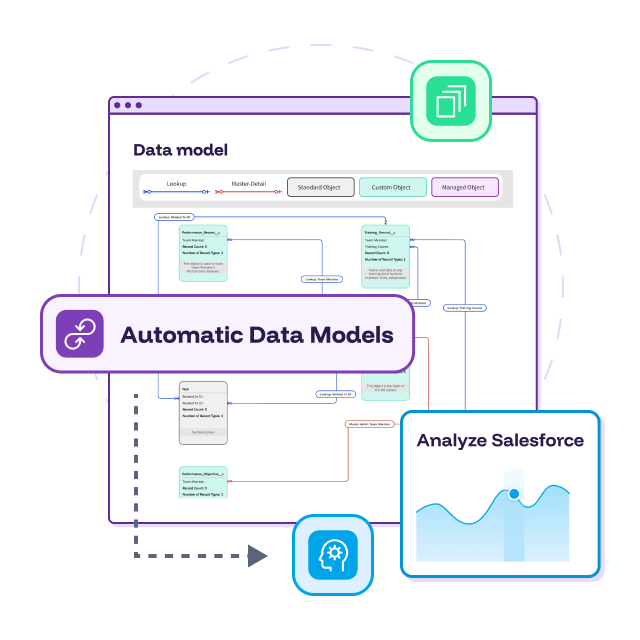
AI generated from existing content
You probably have documentation in terms of SOP, SOW, call transcripts, hand-draw sketches, whoteboard phots, flowcharts or Lucidcharts. AI can interpret them and draw diagrams using this as input and its wider understanding of business processes. It’s not transcribing, but consulting to give you a better answer drawn in the Universal Process Notation (UPN) format.
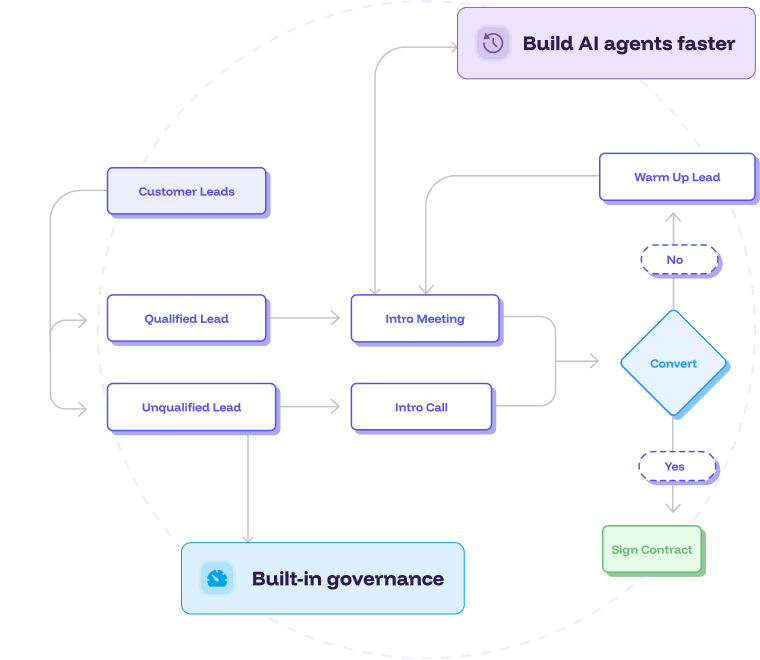
Business Analyst agent
Have a conversation with the Business Analyst agent that can help you scope out a process. Ask questions. Consider its suggestion. When you are happy, it will dra a process diagram. Diagrams generated by Elements conform to industry standard Universal Process Notation (UPN).
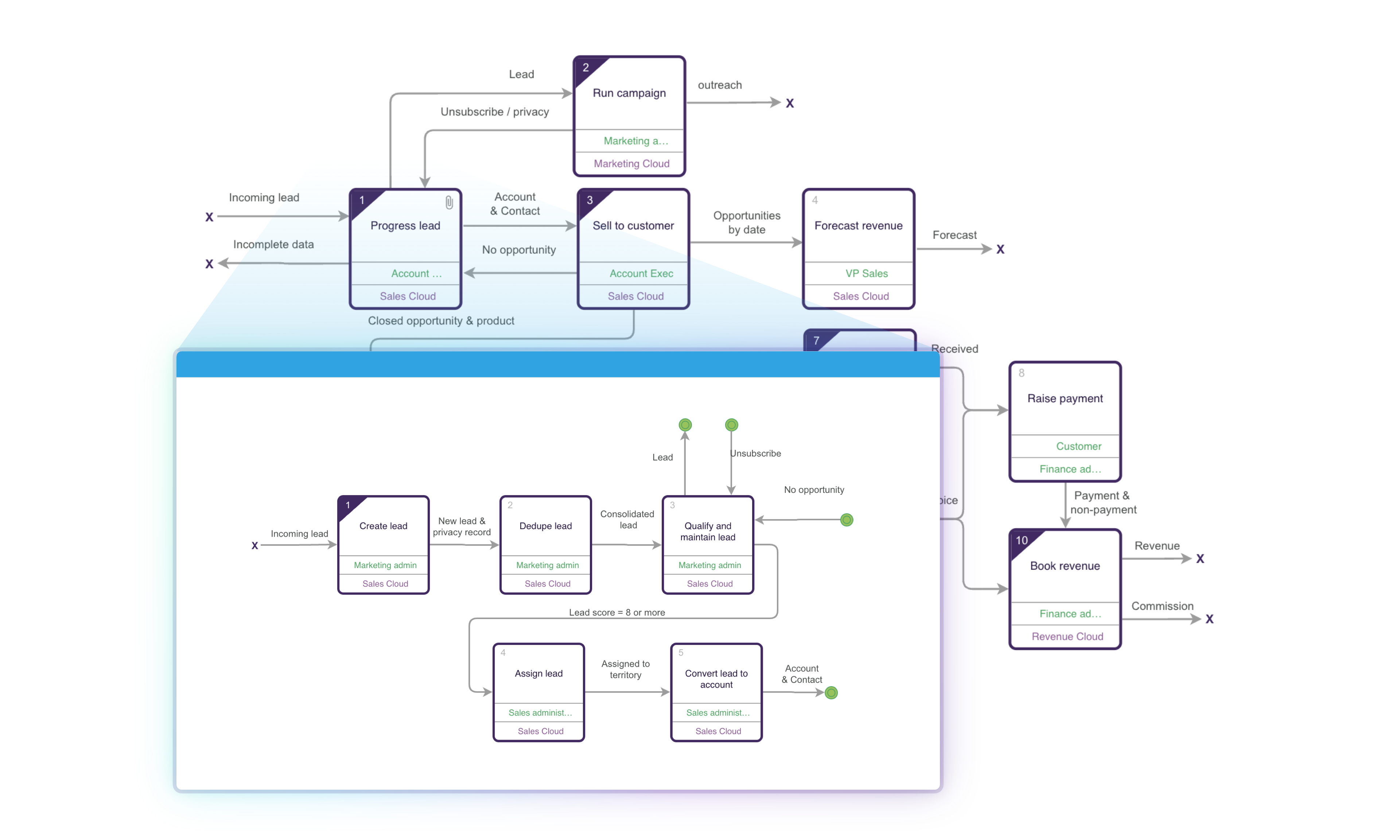








Why the world’s leading teams trust us
2000 x
Process discovery acceleration
11 x
Faster work-to-be-done documentation








